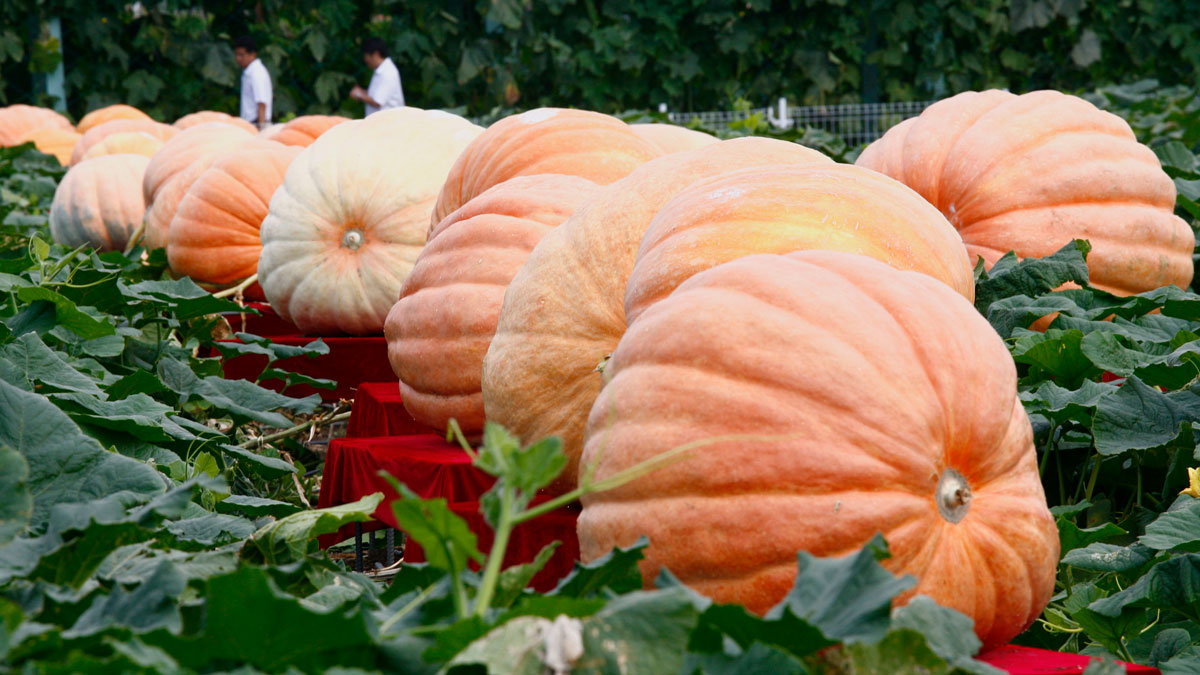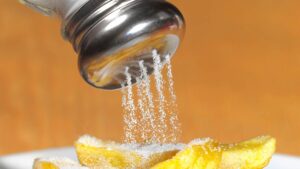CRITERION: No, these are growth stocks. Literally.

Picture: Getty Images
The global energy crisis means the cost of synthetic fertiliser has soared, creating opportunities for at least two ASX-listed minnows.
When they devour their daily bread, most folk are blissfully unaware that food production depends on the gas used to produce the underlying fertiliser ‘ingredients’ of urea and ammonia.
It doesn’t help that gas-rich Russia is a major urea producer.
For Fertoz (ASX:FTZ), heady prices have improved the economics of its niche natural fertiliser business in US and Canada, where it is has access to some of North America’s biggest rock phosphate resources.
But the company has struggled to gain traction.
“The fundamentals are there but there is still some work to do in building it into a business,” says Daniel Gleeson, a seed company exec bought in to pep up performance.
One problem is scale – or the lack thereof. Previous management targeted upping output from 5000 tonnes to 15,000t a year, but Gleeson reckons the company needs to get to the targeted 300,000t (by 2026).
This company’s December quarter report shows initial orders of 18,000 tonnes, with the company on track for full-year output of 40,000t. An offtake agreement will deliver a further 120,000t over five years.
The benefit of the Fertoz raw material is that only needs to be crushed to powder. A key disadvantage is that the product takes up to one and a half years to be effective in the soil, compared with three months for synthetics.
This makes it unsuitable for high-value fast growing crops such as corn, but it’s fine for legumes. And at $US220 ($310) a tonne, the product is four or five times cheaper than the synthetic stuff.
Fertoz raised $5 million in a placement last September, but with the 2022-’23 year forecast to be cash flow positive the company should be able to put the begging bowl away.
Meanwhile, Neurizer (ASX:NRZ) plans to become the only domestic local urea producer, replacing Incitec Pivot’s Gibson Island plant that has just closed for want of a long-term gas contract.
Neurizer’s plans centre on the old Leigh Creek coal mine, 550 klicks from Adelaide, where the company will deploy underground coal gasification (UCG) to produce gas.
The company expects to produce the gas for around $1 per gigajoule – a fraction of the price paid by east coast gas users.
Unlike explosive ammonia, urea is stable: gardeners can buy it at Bunnings.
When added to water, urea forms the diesel additive AdBlue which was in critical short supply in late 2021.
Before Neurizer can live with the dream, it needs to come up with around $2.5 billion and discussion are in train with one or more funders.
“We have been working on this for seven years and have put a couple of hundred million into the project,” Neurizer chief Phil Staveley says.
“You can’t just walk up and get to be strategic partner; the only way is to walk up with money.”
Last July the company inked an $1.5 billion offtake agreement with Korea’s Daelim, which will purchase 500,000 tonnes.
A bankable feasibility study is due for release in April.
Stavely describes Queensland’s unfortunate UCG legacy – including the failure of Peter Bond’s Linc Energy amid claims of environmental contamination — as a “head breeze” rather than a headwind.
“The further we develop, the less relevant what they were doing. We have moved the technology along,” Staveley says.
While a producing Leigh Creek project would be worth more than $6 billion on today’s pricing, the market values Neurizer at a mere $100 million.
Not for the first time, the market assumes that such a big-ticket project won’t fly. If they’re wrong, the true believers will be cooking with gas and happy as a pig in natural fertiliser.
This story does not constitute financial product advice. You should consider obtaining independent advice before making any financial decisions.

UNLOCK INSIGHTS
Discover the untold stories of emerging ASX stocks.
Daily news and expert analysis, it's free to subscribe.
By proceeding, you confirm you understand that we handle personal information in accordance with our Privacy Policy.








